The main function of shelf supports is widely known and documented: to hold and fasten boards to provide wall storage.
Shelf supports are often available in a variety of sizes and may be used with glass, bullnose, or melamine shelves to design new shelf displays.
These are ideal for getting organized, freeing up space, or curating a showcase area for additional shelves at your retail site.
The shelf supports you choose will be determined by how you want to see the entire shelf, where they will be positioned, and how much weight they must support.
They also indicate what type of furniture hardware will be used, and how will it be mounted.
Shelf supports should be in keeping with their environment. Modern chrome supports are ideal for supporting glass shelves in a bathroom, but cast iron is also an option.
In mounting shelf support, you need to carefully assess what kind of furniture screws you need for you to be able to keep it steady.
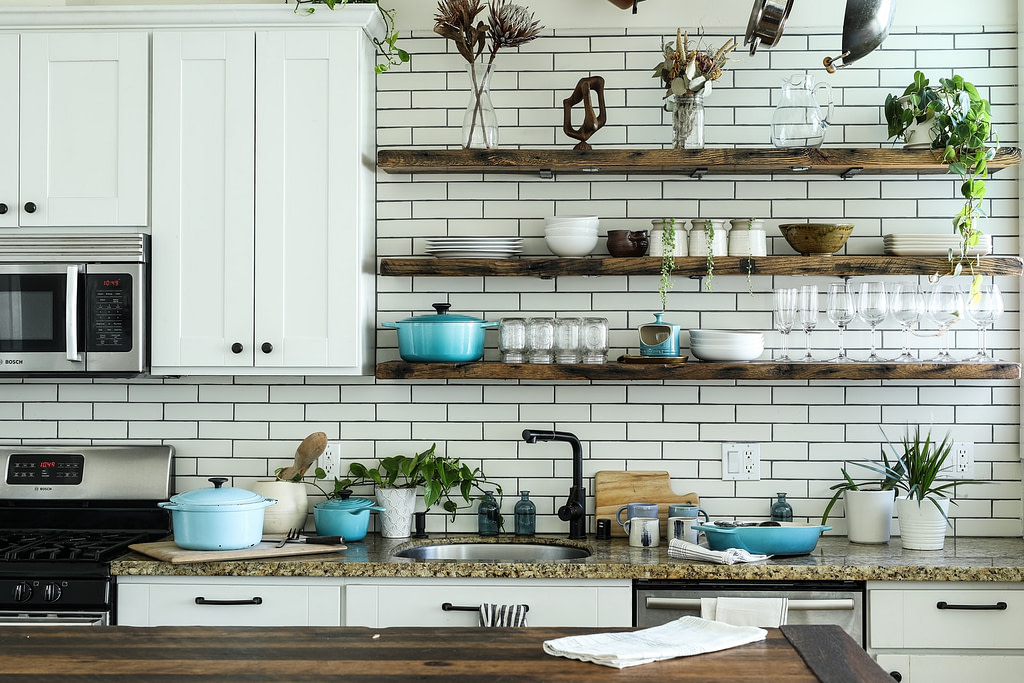
1. Wood shelf support vs. Metal shelf support
1. Wood shelf support vs. Metal shelf support
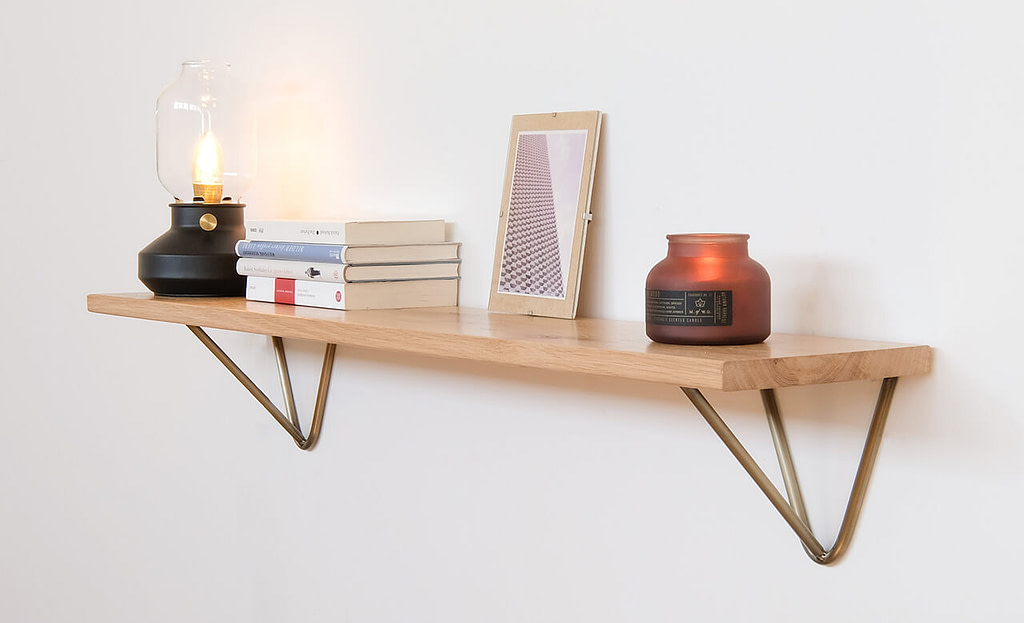
There are many kinds of shelf brackets, which are often separated and classed depending on the form of the bracket and the materials used to make it. Most people are confused about which one is better: wood shelf support or metal shelf support.
Wooden shelf support is very popular and is often used to support wooden shelf systems.
Wooden brackets are very popular for buildings constructed of wood, such as bookcases, to which the brackets are intended to complement.
Unlike furniture drawers, shelf supports needs to be mounted securely to prevent any hazards on your end.
Meanwhile, metal brackets are typically sturdier and are used to support a variety of systems.
Different kinds of metal brackets may be used for a variety of reasons, including supporting varying amounts of weight and serving simply utilitarian or decorative uses.
There are also a variety of shelving systems that may be utilized with various kinds of shelf brackets.
Shelf supports are essentially braces that support a shelf, usually through a secondary system, although they may also be linked directly to a wall.
This shelf support may be very robust and can hold a considerable amount of weight, but metal brackets are often stronger.
Metal shelf brackets are available in a variety of forms and sizes and may be constructed of iron, bronze, steel, or other metals.
The amount of weight that various shelf brackets can hold is usually determined by the kind of brackets used and the shelving system with which they are utilized.
The most common kind of bracket is the “L” bracket, which is made up of a single piece or two parts bent or joined at a 90° angle.
This forms an “L” shape, with one side attached to a wall or shelf system and the other supporting the shelf on top.
While these shelf supports are very robust and capable of supporting weight, they are often reinforced by the inclusion of a gusset that joins the two surfaces, usually as an additional piece that goes between each corner to form a triangle shape.
To make them more attractive, “L” brackets may be fashioned with swirling gussets or ornate foliage and vines.
There are also a variety of shelving systems that may use various kinds of shelf support.
Fixed bracket systems are often made up of brackets attached to a wall and a shelf on top of them.
Built-in shelf makes advantage of existing structures, such as two adjacent walls, to build support and shelves between them inside the existing space.
Adjustable shelf support shelving consists of a series of vertical slotted bars attached to a wall; shelf brackets are then placed into the slots to form adjustable shelves at various heights.
If you are in dire need of help, you can always consult a dependable furniture hardware supplier to suggest what kind of shelf support you may need.
2. How to create DIY wood shelf support?
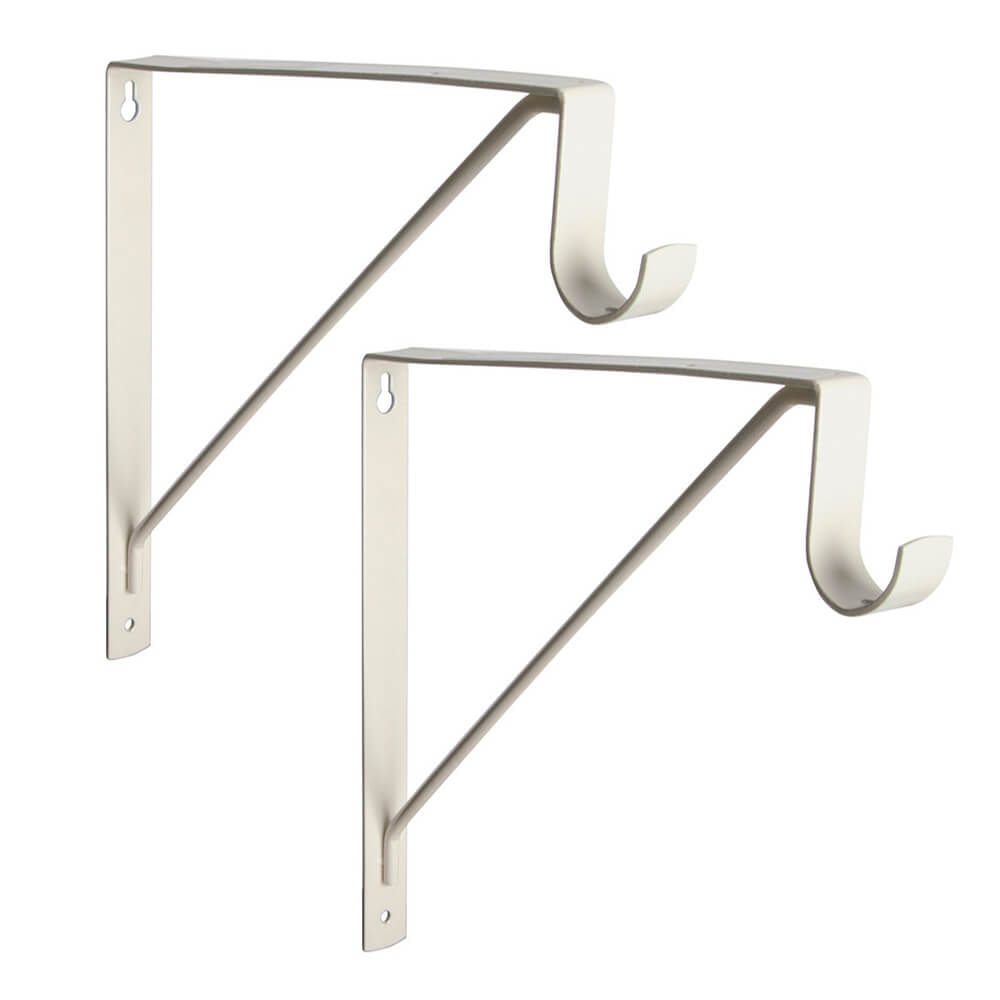
- Using the table saw, cut a piece broad by at least 25″ long. Clean up the cut edge with a power planer, leaving you with a piece that measures 3/4″ x 3/4″ by 25″.
- Cut two 5-1/4″ pieces and two 6″ pieces using the miter saw. Lay them down in pairs, with the 6” piece overlapping over the end of the 5-1/4” piece to create an L.
- Use the speed square to ensure that they are at a 90-degree angle. Use the speed square to create 45-degree angle lines where you want your dowels to go.
- Transfer the line to the inner face of each component using the square, then measure and draw a centerline at each of these lines.
- Drill at a 45-degree angle at these places using the drill and a 1/4” brad point drill bit or Forstner bit, using the lines you drew on the side and the speed square as a reference to maintain the drill at the correct angle.
- Drill the holes approximately 1/2” deep.
- Drill and countersink a hole at the rear of the 6” piece on the other side from the dowel holes using a 3/16” drill bit and countersink bit.
- Layout your components and measure the length of your dowels to fit 3/8” into each hole. Cut your dowels to the desired length.
- Dry fit the parts together; you may need to sand the ends of the dowels to make construction simpler.
- Pre-drill a 3/32 drill bit through the countersunk hole into the end of the 5 1/4” piece using the square to ensure the pieces are perpendicular.
- Take the component apart and insert the glue into the dowel holes. Reassemble the components and attach them together with a 1-5/8″ drywall screw.
- After the adhesive has been set, and the brackets.
- Cut a 7″ broad piece of pine wood to the length you want your shelf support to be, then sand and finish it.
- Drill a hole through the bracket at the top where the parts join together; this will have to be at a little angle due to the dowels.
- Attach to the wooden shelf support using furniture screws if there is a stud, or drywall anchors if there isn’t.
Here is a video guide for a more comprehensive step-by-step process of creating your own shelf support.
If you need assistance, you can always seek help from your trusted sourcing company who can help you with choosing the right shelf support for your needs.
3. Takeaways
In today’s rapidly, ever-changing retail environment, you need shelf support that allows you to modify the inside and outside of your property as needed.
Shelf brackets should be practical, useful, and adaptable while displaying virtually anything you offer.
Riwick can provide you with various products sourcing that you may need! Get in touch with us to know more.
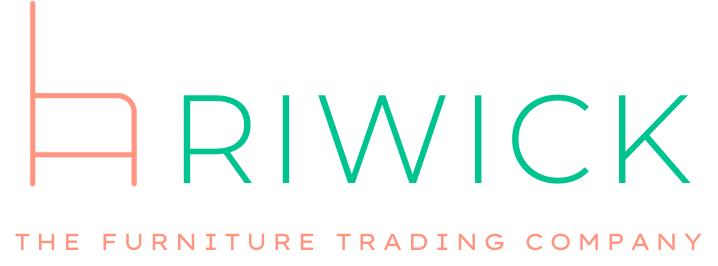
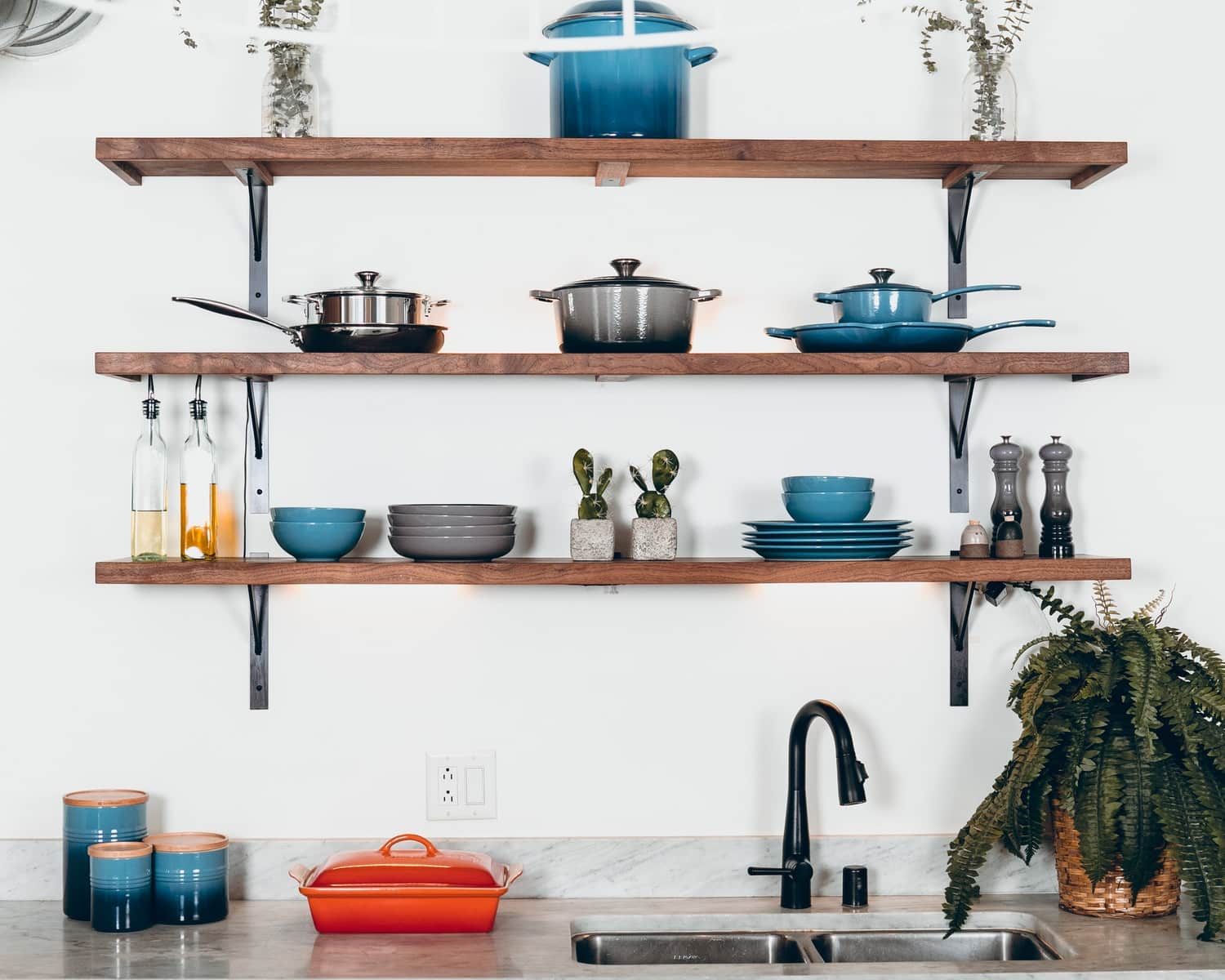

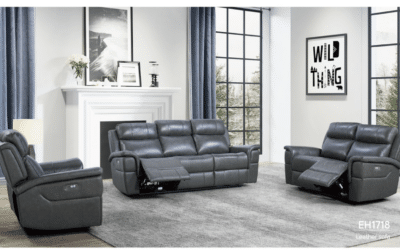


0 Comments